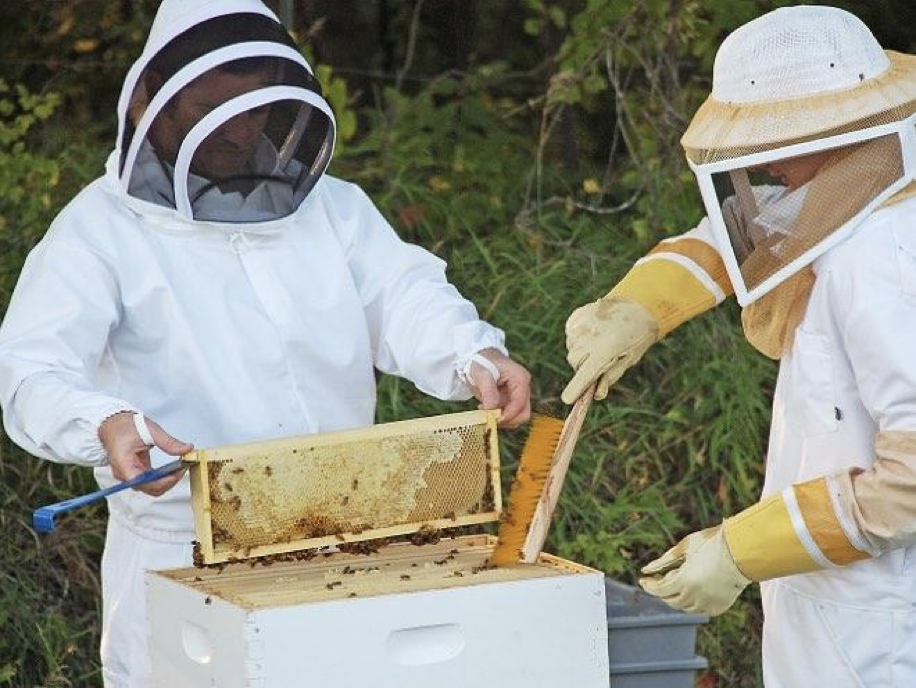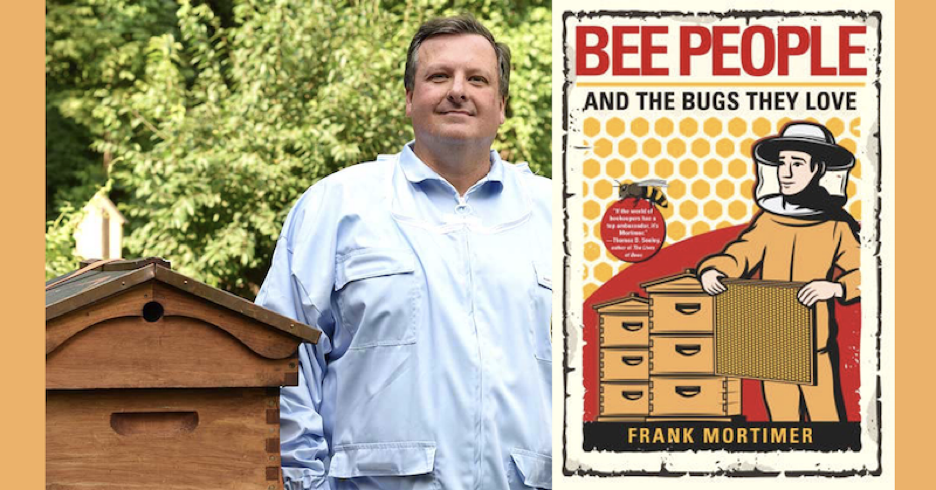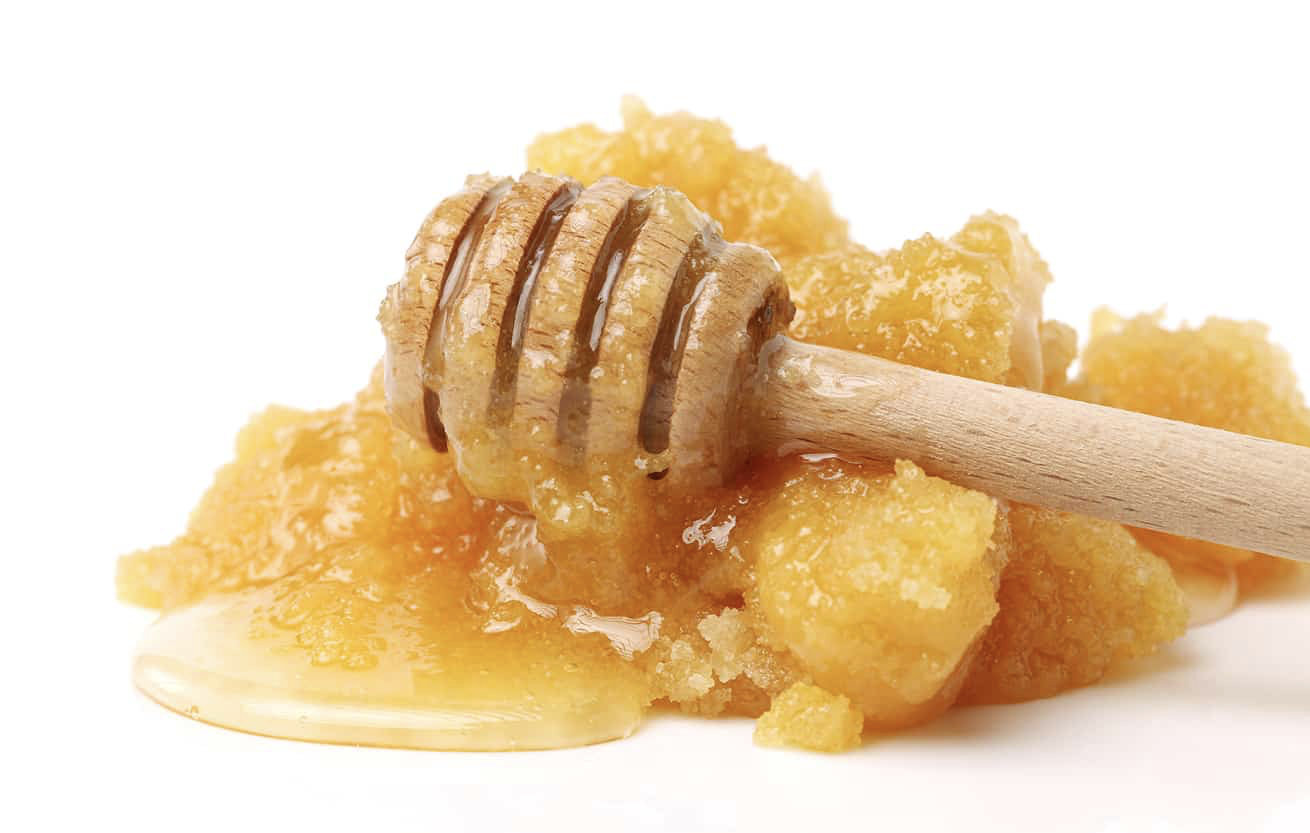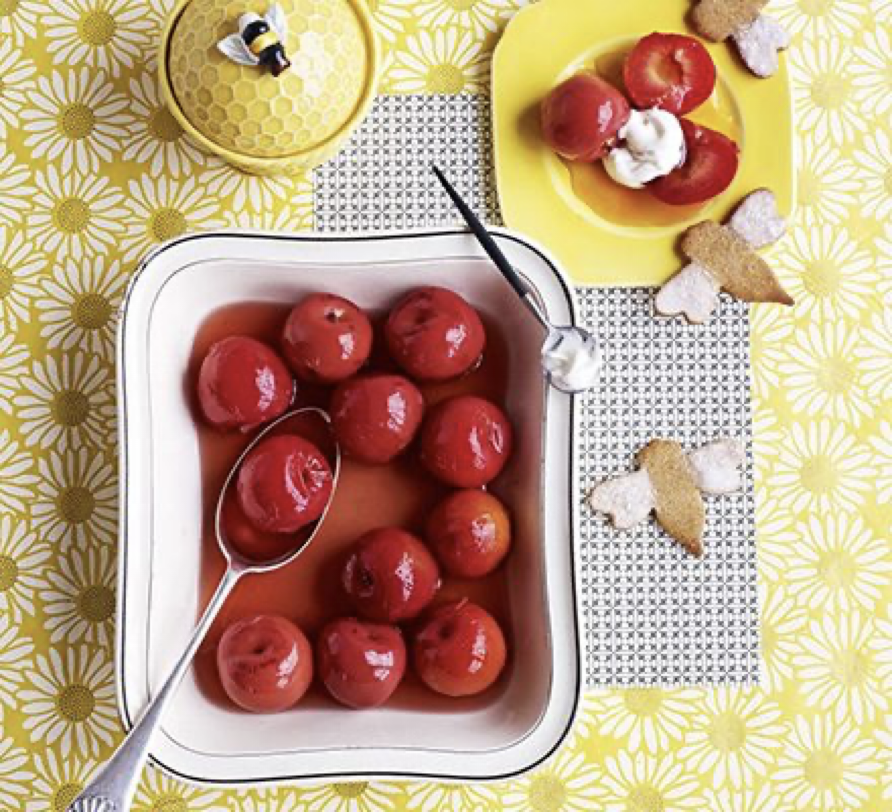A Master Beekeeper’s Advice on the Best Way to Store Honey
The honey harvest is going strong in our area. I like to keep honey in my pantry and my food storage. Honey has so many health and beauty benefits, that I never want to run out of it. If you’re a honey-lover as well, you may be interested in what I just read today in Martha Stewart’s online newsletter, www.marthastewart.com.

Her article starts by asking, “Have you ever wondered whether that jar of honey tucked in the back of your kitchen cabinet is still safe to eat?” And she goes on to answer the question: “…YES. Honey is the only food that never spoils and is always safe to eat, says Frank Mortimer, Cornell University master beekeeper and author of Bee People and The Bugs They Love. In fact, according to Mortimer, honey was found in an Egyptian tomb that was over 3,500 years old, and it was still edible!" (Fun fact to know and tell at the dinner table.)
But the main gist of this article is all about whether or not, according to Beekeeper Mortimer, we should refrigerate our honey. In a nutshell, here’s what he had to say:

“NEVER refrigerate liquid honey, as refrigeration will cause it to crystallize, changing its texture into a coarse, grainy, semi-solid mess. All 100 percent pure, natural, raw honey will crystallize overtime (that's a sign it's 100 percent honey). He says it's best to store liquid honey at room temperature to slow down the crystallization process.
For you scientists in our Cook’n audience(you know who you are), here’s some chemistry: honey is a supersaturated solution of sugars (fructose and glucose), and over time it crystallizes because the glucose molecules pull out of the solution and attach to one another. Mortimer explains that if your honey does crystallize, you can always re-liquefy it by placing the jar into a warm — not boiling — bowl of water. If you go that route, 104° F is the ideal water temperature.

It's worth noting that the crystals, while perhaps visually unappealing, aren't hazardous for our health. Validation of Mortimer’s explanation come from loads of research and science. For instance, Kimberly Baker, Ph.D., RD, LD, director of the Clemson Extension Food Systems and Safety Program Team, says "Yes, the crystals do alter honey’s appearance, but they don’t impact the safety of honey one whit."
So there we go. Now we know to hang onto and continue to use our crystallized honey, and to NEVER refrigerate it. In closing, how about a wonderful recipe that features honey? It’s for a simple pudding that uses in-season plums and is sweetened with honey. The folks at www.bbcgoodfood.com suggest we then serve it with crunchy biscuits.

2 1/2 to 3 pounds firm plums
3/4 to 1 cups pure, raw honey
4 tablespoons orange blossom water (found in Mediterranean markets; recipe is still good without it)
1 1/4 cups orange juice
freshly baked biscuits
Greek yogurt (or frozen yogurt), to serve
Directions:
Add Recipe to Cook'n

Her article starts by asking, “Have you ever wondered whether that jar of honey tucked in the back of your kitchen cabinet is still safe to eat?” And she goes on to answer the question: “…YES. Honey is the only food that never spoils and is always safe to eat, says Frank Mortimer, Cornell University master beekeeper and author of Bee People and The Bugs They Love. In fact, according to Mortimer, honey was found in an Egyptian tomb that was over 3,500 years old, and it was still edible!" (Fun fact to know and tell at the dinner table.)
But the main gist of this article is all about whether or not, according to Beekeeper Mortimer, we should refrigerate our honey. In a nutshell, here’s what he had to say:

“NEVER refrigerate liquid honey, as refrigeration will cause it to crystallize, changing its texture into a coarse, grainy, semi-solid mess. All 100 percent pure, natural, raw honey will crystallize overtime (that's a sign it's 100 percent honey). He says it's best to store liquid honey at room temperature to slow down the crystallization process.
For you scientists in our Cook’n audience(you know who you are), here’s some chemistry: honey is a supersaturated solution of sugars (fructose and glucose), and over time it crystallizes because the glucose molecules pull out of the solution and attach to one another. Mortimer explains that if your honey does crystallize, you can always re-liquefy it by placing the jar into a warm — not boiling — bowl of water. If you go that route, 104° F is the ideal water temperature.

It's worth noting that the crystals, while perhaps visually unappealing, aren't hazardous for our health. Validation of Mortimer’s explanation come from loads of research and science. For instance, Kimberly Baker, Ph.D., RD, LD, director of the Clemson Extension Food Systems and Safety Program Team, says "Yes, the crystals do alter honey’s appearance, but they don’t impact the safety of honey one whit."
So there we go. Now we know to hang onto and continue to use our crystallized honey, and to NEVER refrigerate it. In closing, how about a wonderful recipe that features honey? It’s for a simple pudding that uses in-season plums and is sweetened with honey. The folks at www.bbcgoodfood.com suggest we then serve it with crunchy biscuits.

Honey-Orange Poached Plums
Serving size: 4
Calories per serving: 754
Ingredients:
Calories per serving: 754
2 1/2 to 3 pounds firm plums
3/4 to 1 cups pure, raw honey
4 tablespoons orange blossom water (found in Mediterranean markets; recipe is still good without it)
1 1/4 cups orange juice
freshly baked biscuits
Greek yogurt (or frozen yogurt), to serve
Directions:
1. Put the plums in a pan with just enough water to cover them, then pour over the honey, orange blossom water and juice. Bring to a simmer, then cover and cook for 15 mins until the plums are tender through to the stone, but not mushy.
2. Using a slotted spoon, lift out the plums to a serving dish. Bring the liquid back to the boil and simmer to a thin syrup. Pour over the plums and leave to cool. (You can peel the plums to serve, if you like a posher finish.)
3. Serve with crunchy biscuits and Greek or frozen yogurt.
2. Using a slotted spoon, lift out the plums to a serving dish. Bring the liquid back to the boil and simmer to a thin syrup. Pour over the plums and leave to cool. (You can peel the plums to serve, if you like a posher finish.)
3. Serve with crunchy biscuits and Greek or frozen yogurt.
Recipe formatted with the Cook'n Recipe Software from DVO Enterprises.
 Alice Osborne
Alice Osborne
Weekly Newsletter Contributor since 2006
Email the author! alice@dvo.com
